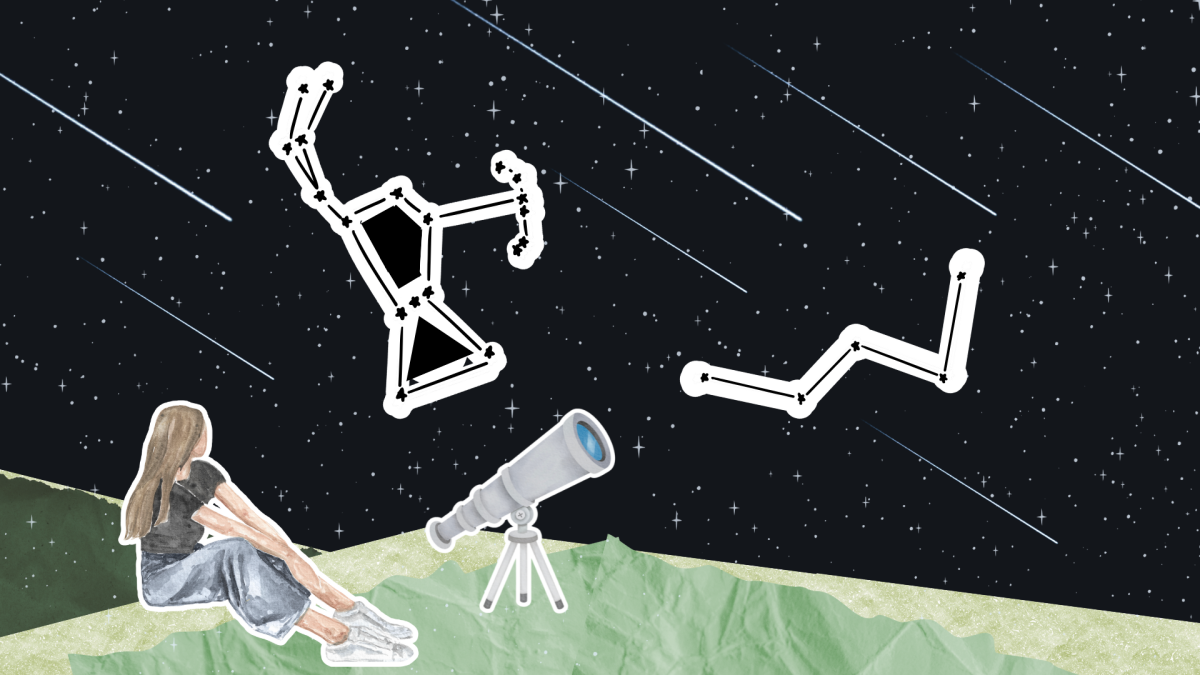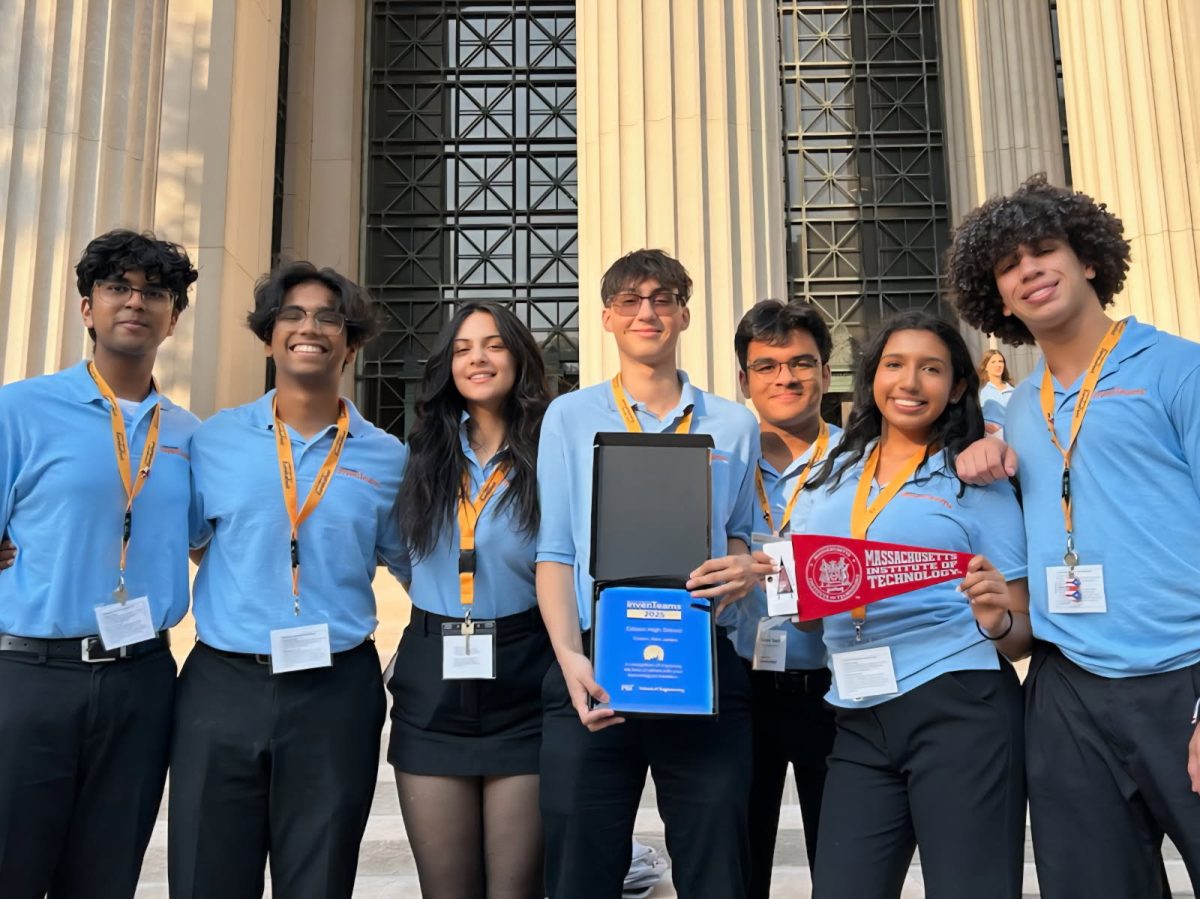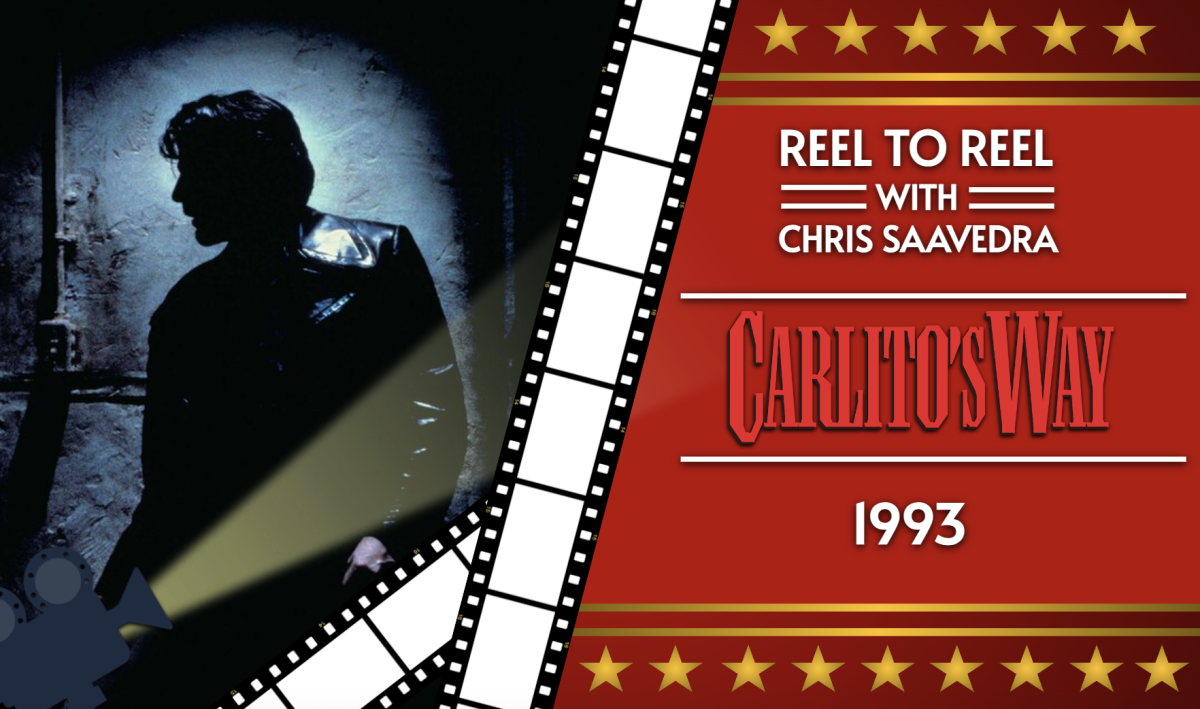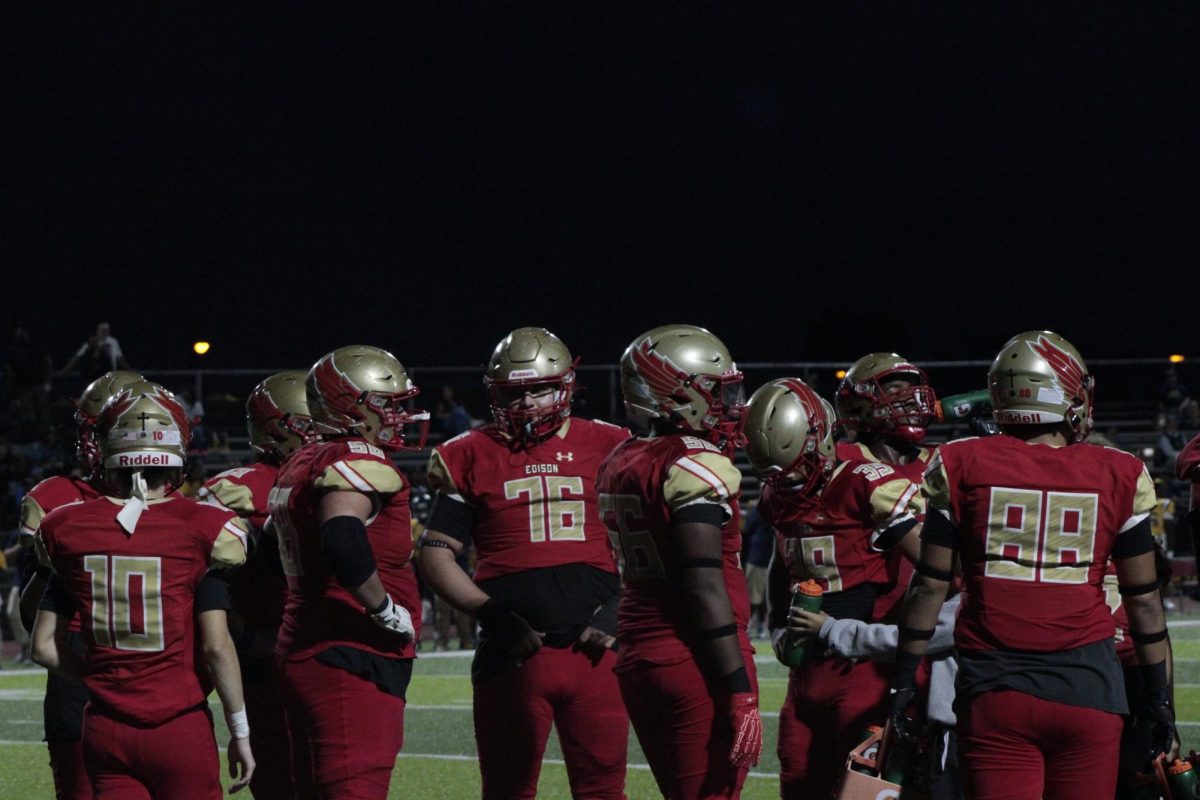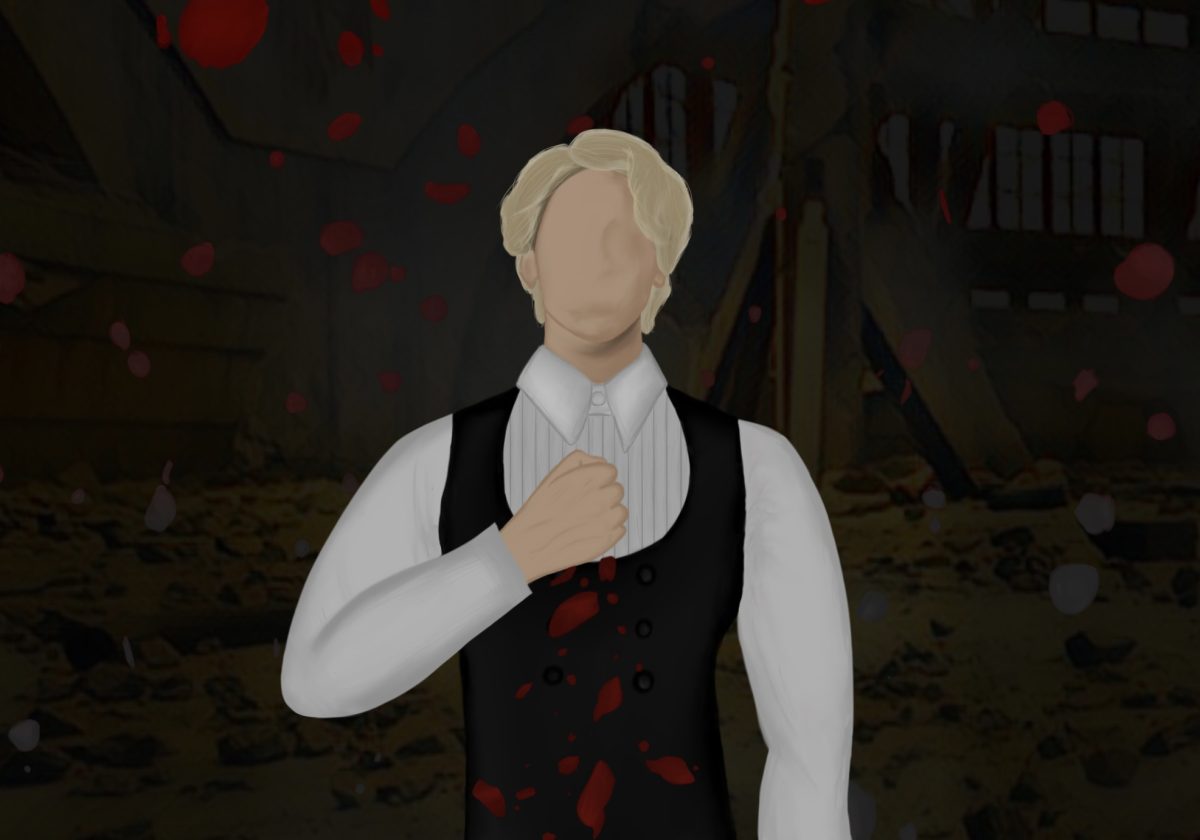You know that it doesn’t end well. And you know that there won’t be a wholesome ending.
You know how it ends…don’t you?
The Ballad of Songbirds and Snakes, the prequel to the famous Hunger Games trilogy, evokes sympathy for the merciless villain, President Coriolanus Snow. What was a ruthless killer in The Hunger Games becomes a heartbroken boy in this addition to the series.
Set during the 10th Annual Hunger Games, Coriolanus Snow has virtually nothing but his honor, and even that has become threatened. From the very first page, author Suzanne Collins creates a sense of pity for Snow, making the reader quickly forget about his cruel presidency in the original trilogy. Threatened by looming property taxes, the Snow family is on the verge of bankruptcy and homelessness.
Yet, Coryo, as he is nicknamed, refuses to give up. Hiding his family’s poverty behind lies and self-deprecating jokes, he manages to uphold his upper-class reputation. This feeling of embarrassment resonates with many teenagers today. Collins uses this relatability to introduce Lucy Gray Baird, Coriolanus’ tribute from District 12. As Coryo falls in love with this dazzling performer, the reader too finds themselves falling for Lucy Gray, hoping for a happy ending.
However, these hopes are broken—there is no “wholesome success,” no “lesson learned,” and no “happily ever after.” In a sickening turn of events, Coryo reverts to his cruel ways, vowing to be the next president and continue the Hunger Games legacy. His jealousy, anger, and spite lead him to get revenge on the one he hates the most: Dean Highbottom. Hating himself for being “manipulated”, Coriolanus Snow vows to never love again. Ending the story with a perfect cliffhanger, Collins leaves the reader thinking about where it all went wrong.
Overall, this book was spectacular, leaving readers on the edge of their seats at every page, wondering what will happen next. Collins’ exploitation of our inner evil forces us to think just how similar we are to Snow. By giving necessary insight into the life of the future infamous President Snow, we are left wondering who we really are and if we are any different from this notorious character. Collins also hints at the background of many significant symbols that persist throughout the main trilogy, such as the rose, the Katniss plant, and the Mockingjay. Her usage of emotions is also notable as she creates strong feelings for certain characters, only to kill them painfully at the end. By giving the backstory and unique perspective of such a hated villain, the reader is given a full understanding of how Snow got to where he is.
Collins’ writing style is unique: giving the perspective of a lovesick boy, yet making a smooth transition into the perspective of an angry villain out for revenge. She also seamlessly integrates essential elements of the original trilogy, giving the reader the ability to connect the two stories. Most significantly, Collins captures the essence of youth, showing Coriolanus’ emotions in a relatable way. The gradual pace of the book makes the reader almost justify his actions, as the reader can relate to his emotions.
Though this book did provide a good read, there are some imperfections in Collins’ writing. Many complain that the introduction to the book moves slowly, resulting in many readers losing interest and giving up. Ironically, some scenes are too abrupt, forcing the reader to go back and reread to understand it.
Still, this book is perfect for anyone wanting to explore their dark side and see just how far they would go, to see if they would make the same decisions as Coriolanus. Collins proposes controversial and debatable ideas of fate and the future, giving each reader a unique and memorable experience. All in all, this book gives a thrilling and interesting experience to all lovers of the renowned Hunger Games trilogy, providing an understanding of the tragedies that led Snow to be the prominent figure he ended up being.
At least, of course, until Katniss Everdeen comes along…













